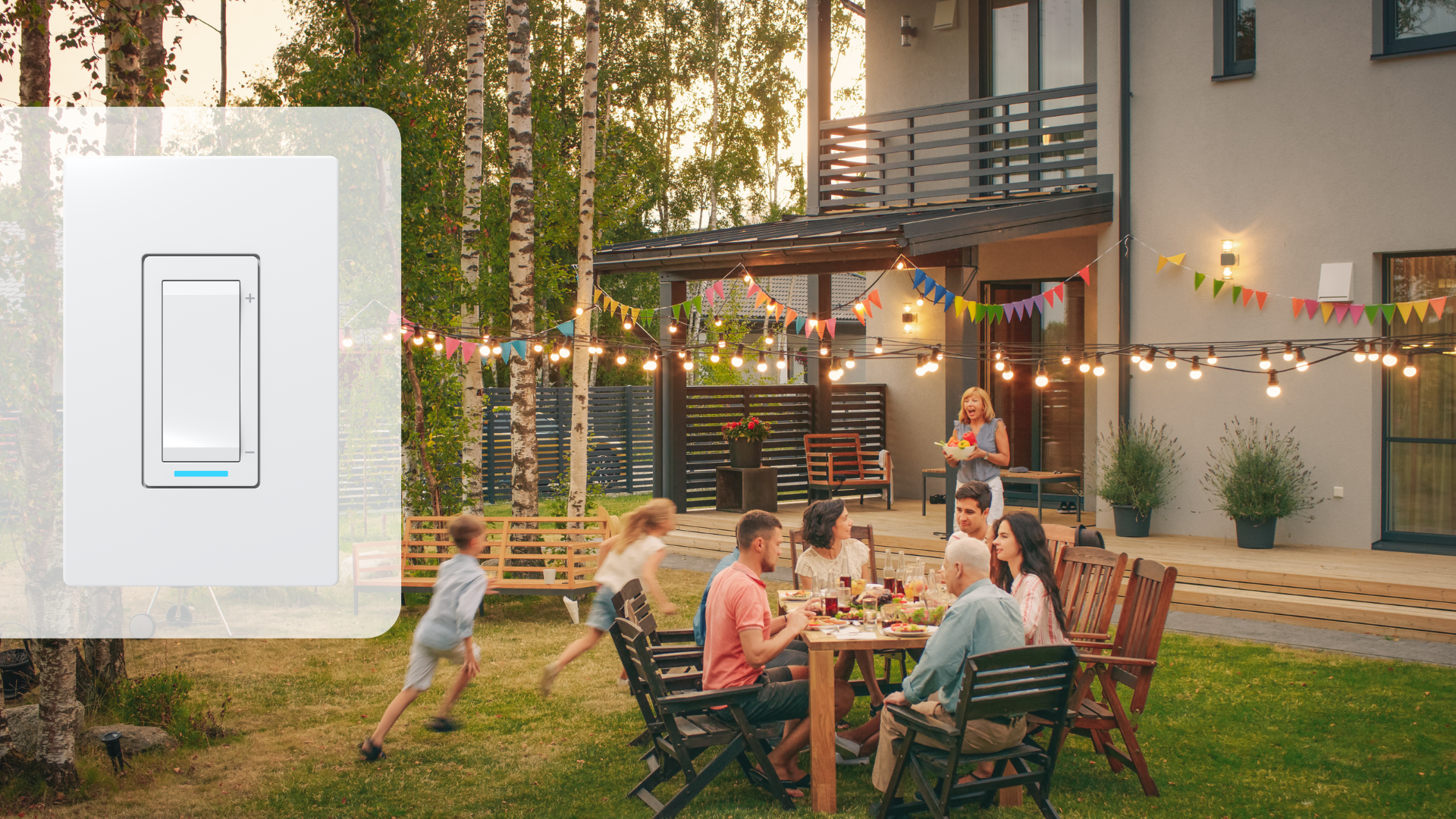If you are reading those lines, it means that your new home is equipped with Sinopé smart devices. Congratulations! You can control your Sinopé devices remotely using your smartphone or tablet to maximize your energy savings and/or protect your home against water damage.
You either have Wi-Fi, Zigbee or Mi-Wi smart devices at home. Our Sedna smart water damage protection system may also be installed on your plumbing.
All those devices are designed by Sinopé Technologies, a company that is the largest Canadian smart home devices manufacturer for the residential and multi-residential sectors.
Our devices are recognized for their performance, high quality and ease of use. Tens of thousands of North-American users control their Sinopé devices remotely every day.
Interlocking
At season change, when the nights are cold but the days remain warm, many users struggle to optimize heating and air conditioning.
Often unknowingly, landlords or tenants allow both to operate simultaneously, especially since dwellings equipped with electric heating require a thermostat per room.
In addition, electric heating units such as baseboards, convectors or fan-forced convectors operate independently from mini-split units, which causes competition between heating and cooling.
As a result, energy is wasted, and electricity bills skyrocket.
A new requirement
For the sake of energy efficiency and to eliminate the problem of simultaneous heating and air conditioning, the Quebec Construction Code has enforced a new standard in Chapter I.1 :
5.2.8.5. 3) Where separate thermostatic controls are provided to control heating and cooling to a temperature-control zone, means shall be provided to prevent these controls from simultaneously calling for heating and cooling.
Hence, new residential buildings of more than three floors or more than 600 m², whether commercial, institutional or industrial, must now comply.
Although installing wall-mounted heat pumps is a different trade, the connection of thermostats and electric heating systems is the responsibility of master electricians.
How to interlock heating and cooling
In a more rudimentary way, interlocking can be accomplished directly at the electrical panel.
Another solution, better adapted to the context and tailor-made for the standard's needs, has emerged since the latter's implementation. Indeed, Sinopé Technologies, a Canadian manufacturer specializing in the design of smart devices, now offers a thermostat that can control all the thermostats for electric heating in a given environment and a mini-split to which the HP6000ZB interface is connected.

The HP6000ZB interface plugs directly into the communication port of compatible heat pump models. Although the installer of the heat pump can carry out this manipulation, it is often carried out by master electricians during the installation of the entire system.
Compatible with 3-wire installations, the TH1134ZB/HC smart thermostat is the solution for regulating heating and air conditioning throughout the home.
Indeed, this thermostat controls the electrical load of the heating appliance and, through the Zigbee communication protocol, also controls the wall-mounted heat pump interface plugged directly into the communication port of the heat pump to optimize energy consumption.
This thermostat, acting as a conductor for heating and cooling, can also communicate with other Zigbee thermostats for total control of all smart devices.

Installation
This new thermostat allowing the implementation of interlocking can be connected like any other conventional thermostat for electric heating compatible with 3-wire installations. No wiring is required between this thermostat and the thermostats for electric heating in different rooms since the communication between the devices is wireless, thanks to the GT130 gateway.
This new thermostat with advanced capabilities can also be used as a regular thermostat to control electric heating for owners who want uniformity between all their heating control devices in the same dwelling.
How it works
The new thermostat designed for interlocking offers several modes and allows remote control of the wall-mounted heat pump and the thermostats with which it communicates. For example, selecting the cooling mode on the thermostat screen will turn on the air conditioning and block the electric baseboard heaters to deactivate the heating. On the contrary, only the heaters can be activated when the heating mode is selected.
Lastly, to reduce the electricity bill, the smart thermostat prioritizes heating through the wall-mounted heat pump rather than through the electric baseboards when the outside temperature does not exceed its efficiency threshold.
Grace period over
Enforced on June 27, 2020, Chapter I.1 on the energy efficiency of buildings was followed by a transitional period of 18 months allowing everyone to familiarize themselves with its many articles.
Although the new regulation does not affect residential buildings, the use of the TH1134ZB/HC and the HP6000ZB still represents an advantage for owners eager to increase their energy savings.
If you are a member of an engineering consulting firm, contractor, or property manager, contact us for more details on this solution.



Partager:
Welcome to your new home
Sedna buying guide: what to choose for optimal protection